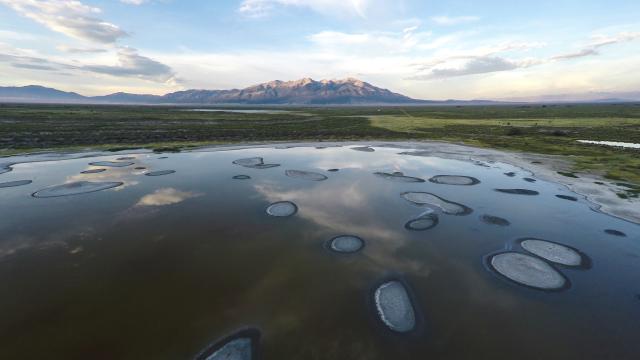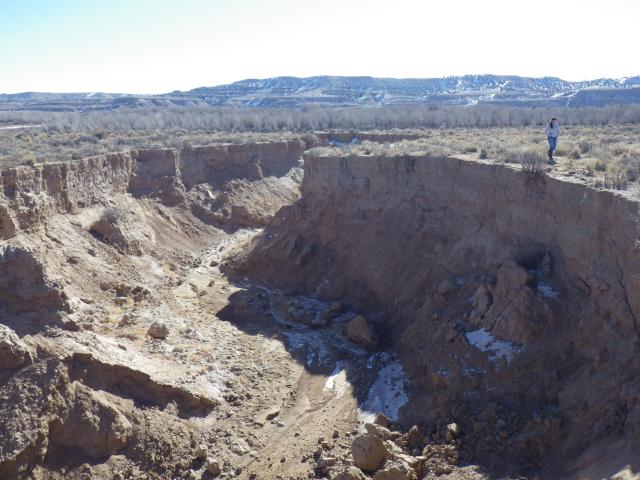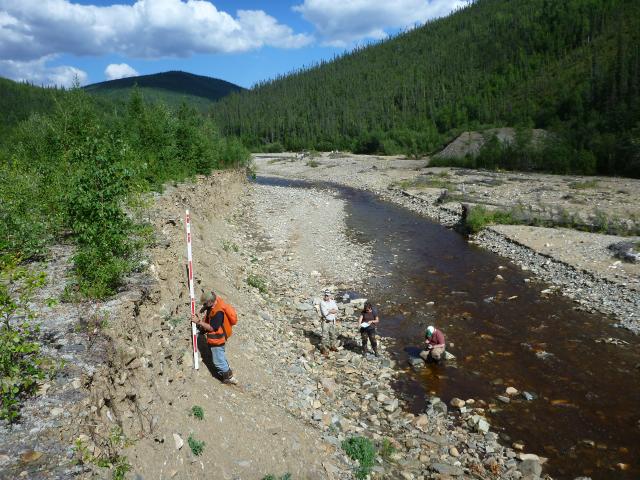Related Stories
- Twin Falls District Engineer Eddie Sanchez – seasonal wildland firefighter to engineer
- Meet the Engineers: BLM California celebrates 2025 National Engineers Week by getting to know some of our finest!
- National Conservation Lands: 25 years – and eons – in the making
- BLM publishes interactive web map displaying access to public lands
- BLM announces 2025 fee-free days





